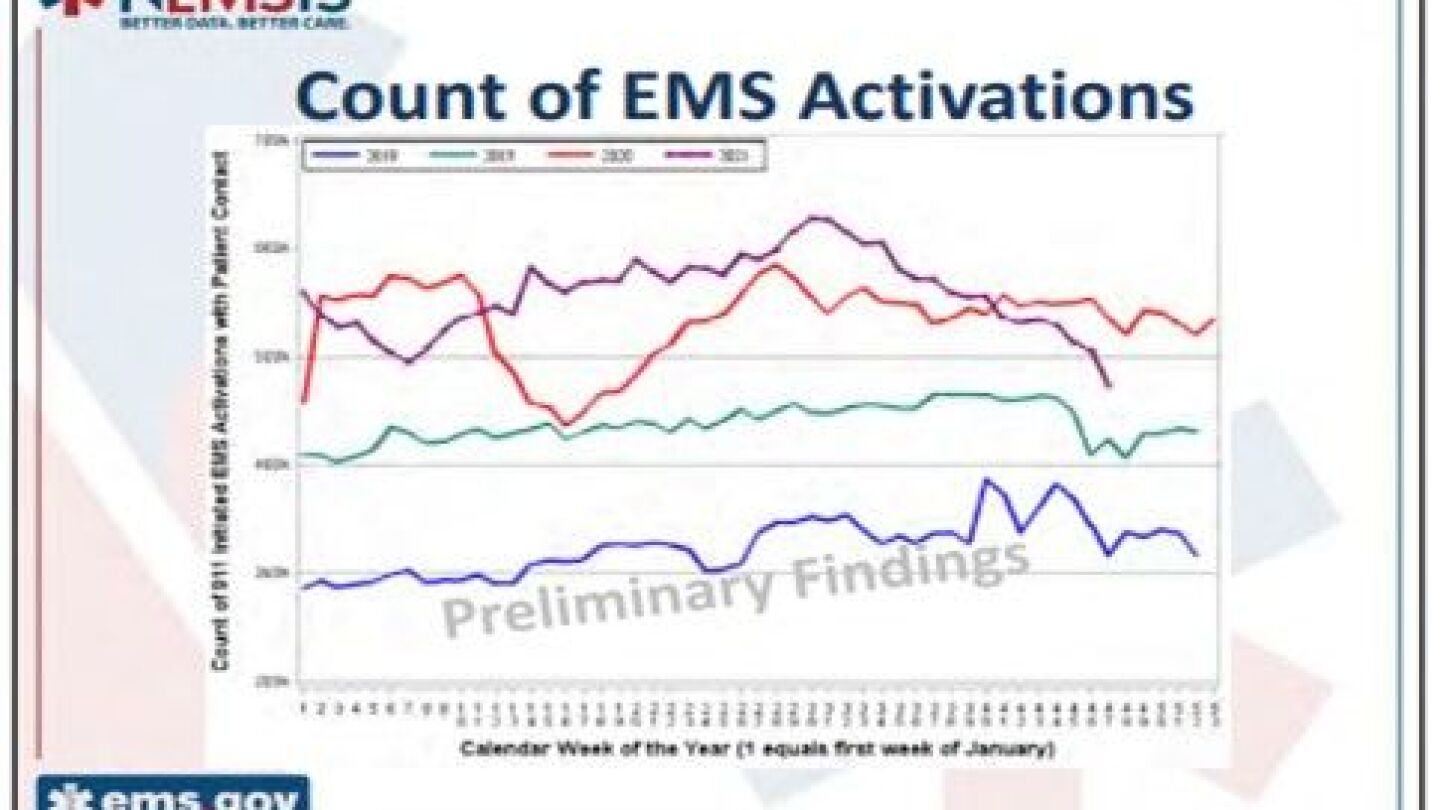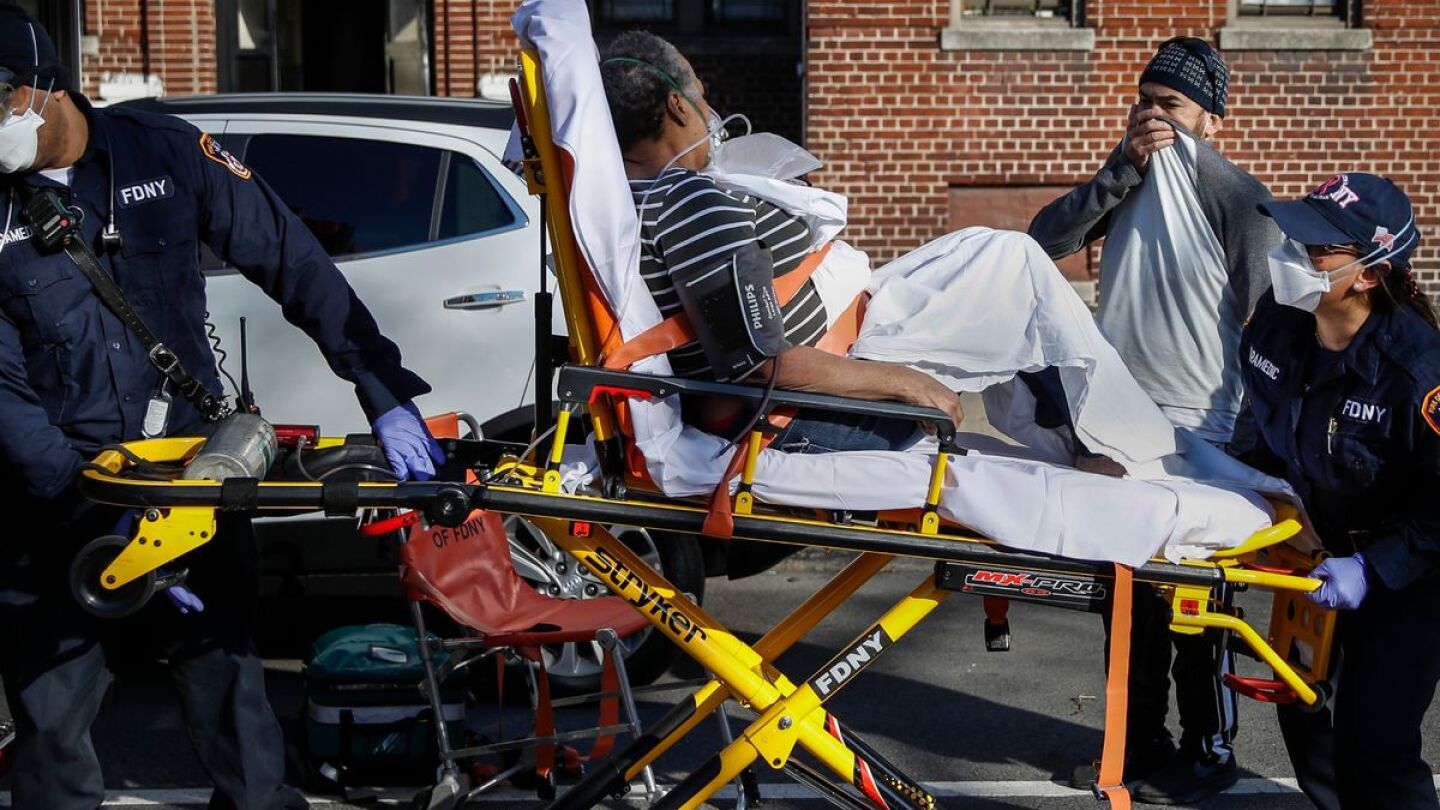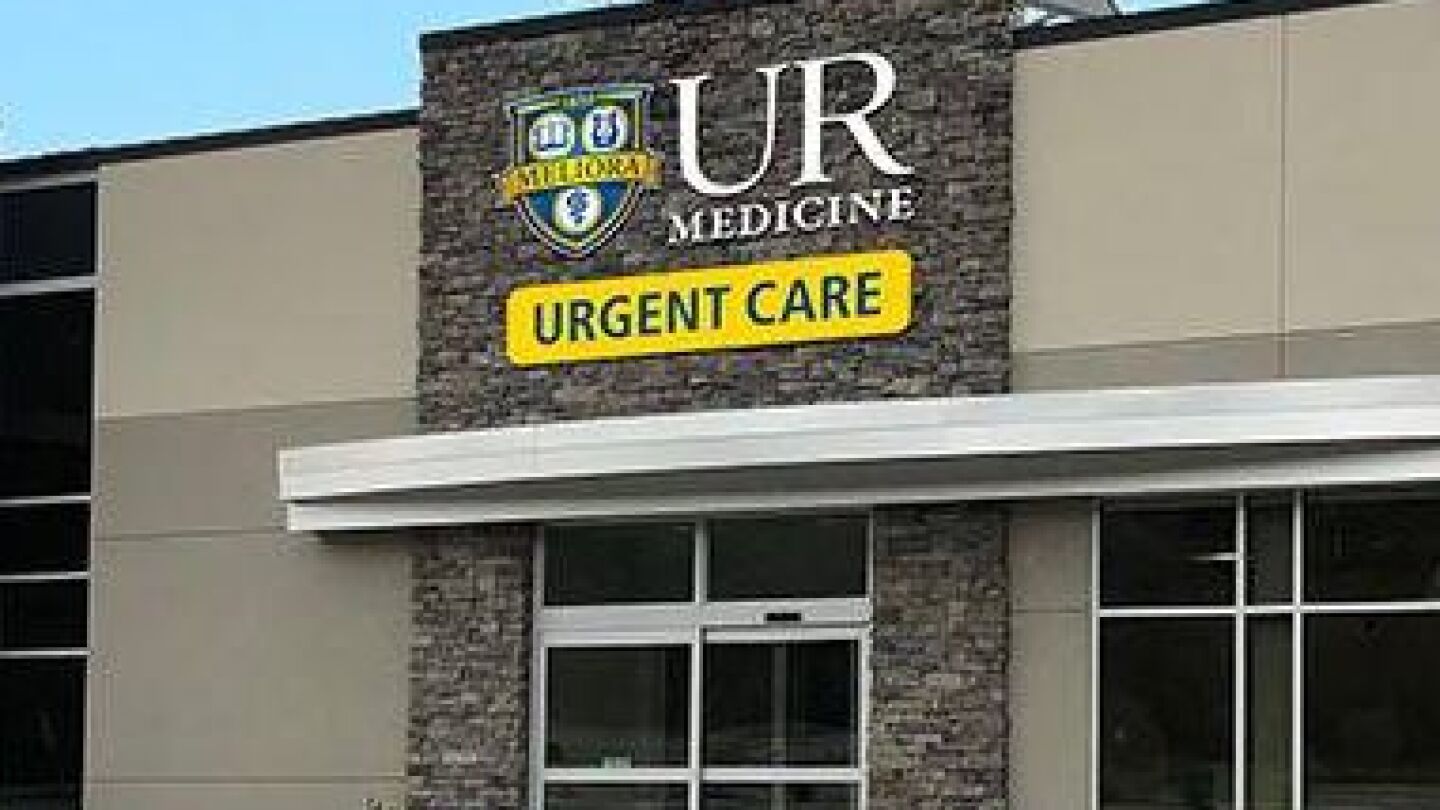Patient Data Management/ePCR
The patient data management/ePCR topic section covers recent news, articles, features and videos on how to properly manage patient data and ePCR information.
Use these assessment tips and terms to localize pain and guide your treatment plan
It’s important to foster effectiveness, professionalism and excellency; as well as core values of human decency, empathy, kindness and respect
Simplifying the patient assessment process for every patient can reduce variability, lower your stress and improve patient care
Gaining signals from noise and understanding the trajectory of service delivery
Our co-hosts discuss EMS staffing, one of the top concerns cited in the recently released 2020 EMS Trend Report
SA���ʴ�ý talks with Pulsara’s Kris Kaull about the importance of communication, how to improve it with the right technology, and how the role of EMS in the overall healthcare landscape is changing
Technology adoption, provider resiliency and preparedness: Interpreting the EMS Trend Report 2020
A firsthand perspective on COVID-19 in EMS and fire and how data can help shape your agency’s response
AAA Ambulance Service reported that some individuals’ personal information was accessed during the breach, including names, social security numbers and medical information
Recent incidents in Colorado have brought prehospital ketamine administration policies, politics and police interactions under debate
Officials say the breach may have leaked the names and addresses of those who tested positive for the virus
The new point-of-care ultrasound system includes embedded workflow, an adaptable form factor and improved image clarity
Breaking down the National EMS Assessment 2020 insights on telehealth, health information exchange and disaster preparedness
In some cases, our medical monitoring equipment alert is the precursor to a rapidly deteriorating patient who appears normal
3 EMS lessons from Minneapolis: EMS duty to the patient, even in uncomfortable situations
Learn how health information exchange is improving patient outcomes, increasing organizational efficiencies and recovering revenue as possible in the Pinnacle Webinar Series
How to assess and when to transport patients injured by tear gas, pepper spray or rubber bullets
Wren Nealy Jr., Cypress Creek EMS chief operating officer, relates how BWCs have contributed to personnel safety, QA/QI
Five key financial and operational asks to keep EMS afloat and financially solvent
Leaders from Montgomery County Fire & Rescue Service and Snohomish County Fire District detail how they’re monitoring the COVID-19 surge and preparing for the worst-case scenario
Our co-hosts speak with SA���ʴ�ý columnist Catherine R. Counts, who talks about using data gleaned during the pandemic to make decisions going forward
The Centers for Medicare and Medicaid Services allows providers to obtain verbal consent to sign when contamination of a stylus or recording device is of concern
Stakeholders should consider these 8 data types as they consider how best to move forward during the pandemic and in a post-COVID-19 era
The businesses that equip and serve first responders are supporting the national emergency response with new products, free services and donations
The company recommended the use of surgical masks for lower risk calls in order to preserve the supply of respirators
The Office for Civil Rights has ambulance services on its radar
Three bi-directional ways that data integration will positively impact the EMS industry
The settlement stems from a 2012 incident of an unencrypted laptop falling from the back of an ambulance
Can police, fire and EMS overcome the challenges we faced in the 2010s to prosper in the 2020s?
Don’t let your agency get behind – here are steps you can take to rethink your tech strategy
The system generates patient care records based on paramedics’ motions through wearable sensors
The center also agreed to take substantial corrective action after protected health information was disclosed in separate 2013 and 2017 breaches
Big data is readily available to EMS leaders to capture, review and apply to making change to improve patient outcomes in every community
































